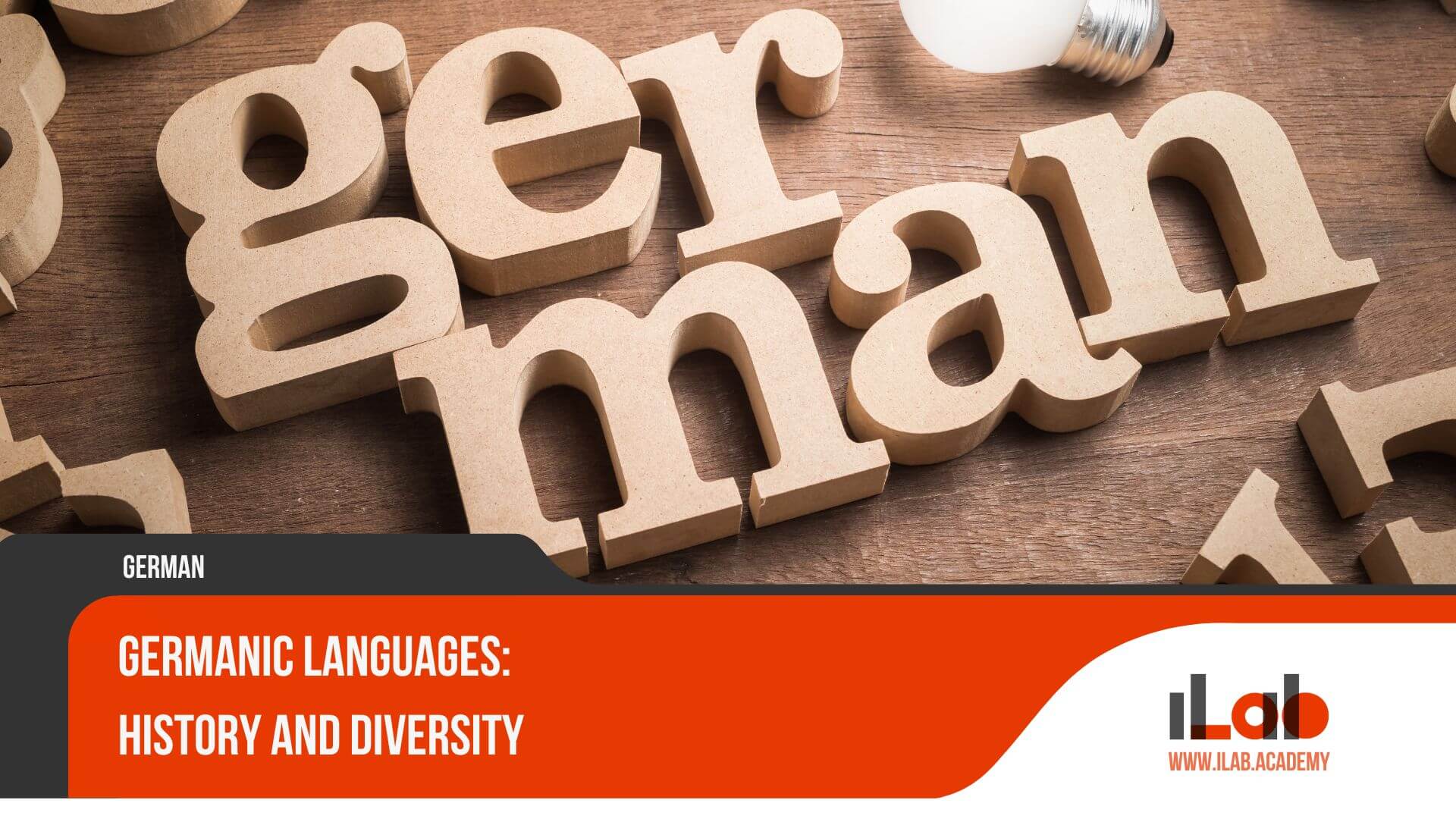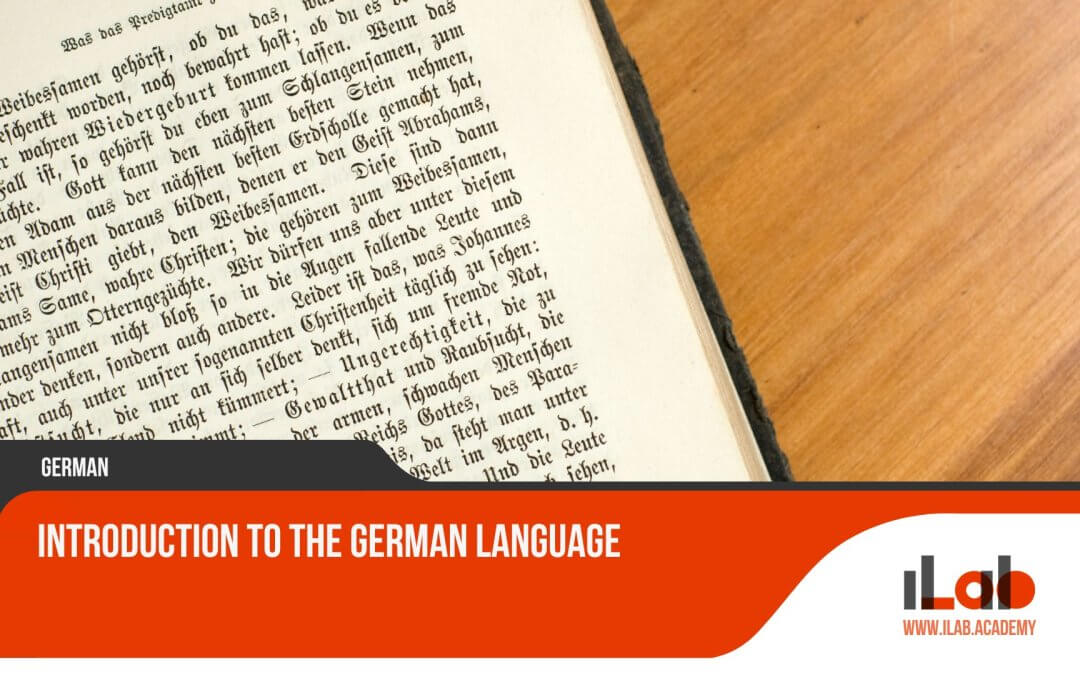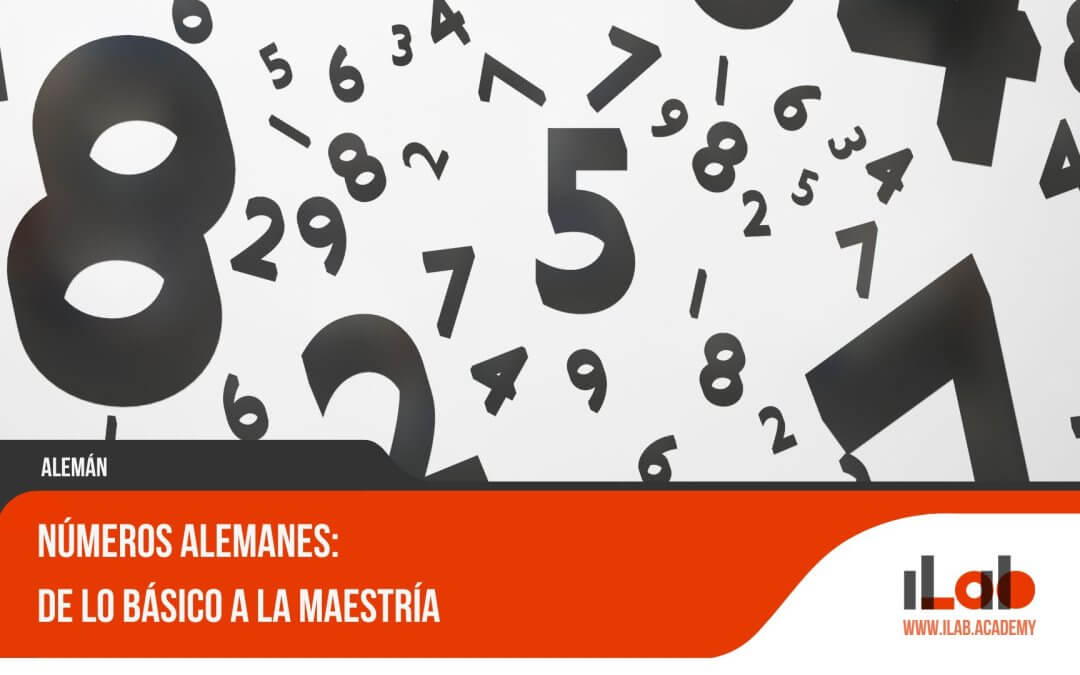Table of contents
Discover the captivating realm of Germanic languages, where Proto-Germanic serves as the common ancestor to English, German, Dutch, and more. Through migrations, unique dialects have formed, each with its own characteristics. West Germanic languages like English shine globally, while North Germanic languages like Swedish have their own distinct features. The East Germanic language Gothic, once spoken by the Goths, has left a legacy. Explore the phonological nuances, grammatical structures, and lexical similarities of this diverse language family. Uncover the rich history and cultural insights that shape these languages, opening doors to a world of linguistic wonders.
Historical Origins of Germanic Languages
The historical origins of Germanic languages can be traced back to Proto-Germanic, the ancestral language spoken by early Germanic tribes. Understanding the roots of these languages provides valuable insights into the migration patterns and spread of the Germanic peoples across Europe. By exploring how Proto-Germanic evolved and diversified, we can gain a deeper appreciation for the rich linguistic tapestry of the Germanic language family.
Proto-Germanic Roots
Proto-Germanic, the linguistic precursor to a diverse range of modern Germanic languages, serves as the foundational root from which these languages sprouted. Understanding Proto-Germanic is essential for unraveling the intricate tapestry of Germanic language evolution. Here are key points to grasp about Proto-Germanic:
- Reconstructed Language: Proto-Germanic is a reconstructed language, meaning linguists have pieced it together through comparative analysis of its descendant languages.
- Common Ancestry: All Germanic languages, including English, German, Dutch, and Swedish, trace their origins back to Proto-Germanic.
- Phonological Features: Proto-Germanic had distinct phonological features, influencing the sounds we hear in modern Germanic languages today.
- Grammatical Structures: The grammatical structures present in Proto-Germanic laid the foundation for the grammar systems seen in its descendant languages.
- Vocabulary Roots: Many words in modern Germanic languages can be traced back to their origins in Proto-Germanic, showcasing the continuity and evolution of vocabulary over time.
Migration and Spread
Migration patterns of Germanic tribes had a profound impact on the dissemination and diversification of their languages. As these tribes moved across Europe during ancient times, they carried their language with them, leading to the spread of Germanic languages to various regions. The migrations of tribes like the Goths, Vandals, and Saxons played a significant role in shaping the linguistic landscape of Europe.
The movement of Germanic tribes not only spread their languages but also influenced the development of new dialects and language variations. Contact with other cultures and languages along their migration routes led to language changes and adaptations, contributing to the rich diversity seen within the Germanic language family today.
Understanding the migration patterns of Germanic tribes provides valuable insights into the historical origins and evolution of Germanic languages. It highlights the interconnected nature of language and culture, showcasing how the movements of people can impact linguistic diversity and language spread.
Classification and Branches of Germanic Languages
Germanic languages are fascinatingly diverse, branching into West, North, and East Germanic languages. Each branch has its own unique characteristics, reflecting the historical and geographical contexts in which they developed. Exploring these branches offers a rich tapestry of linguistic evolution and cultural heritage waiting to be discovered.
West Germanic Languages
Within the broader scope of the Indo-European language family, the West Germanic languages constitute a significant branch, encompassing prominent tongues such as English, German, and Dutch. These languages have rich histories and are spoken by millions of people around the world. Here are some key points about West Germanic languages:
- English: One of the most widely spoken languages globally, with a diverse vocabulary influenced by various languages.
- German: Known for its compound words and precise grammatical rules, spoken not only in Germany but also in Austria, Switzerland, and other regions.
- Dutch: Recognized for its similarities to both German and English, making it somewhat easier for speakers of those languages to learn.
- Frisian: A lesser-known language within the branch, spoken in parts of the Netherlands and Germany.
- Afrikaans: A derivative of Dutch, spoken primarily in South Africa, with simplified grammar compared to its parent language.
North Germanic Languages
Among the branches of the Germanic language family, North Germanic languages, also known as Scandinavian languages, encompass Danish, Swedish, and Norwegian. These languages share common roots but have developed distinct characteristics over time. Danish is spoken in Denmark, Swedish in Sweden, and Norwegian in Norway, reflecting the rich linguistic diversity of the region.
North Germanic languages are known for their shared history and close similarities, making it easier for speakers of one language to understand another. Despite these similarities, each language has unique features and pronunciation patterns that set them apart. For example, Danish is known for its melodic tones, Swedish for its sing-song cadence, and Norwegian for its rhythmic speech patterns.
Exploring North Germanic languages not only opens doors to understanding the cultural heritage of Scandinavian countries but also provides valuable insights into the evolution of languages and how they shape our communication today. So, whether you’re drawn to the poetic sound of Swedish or the rhythmic flow of Norwegian, diving into North Germanic languages promises a rewarding linguistic journey.
East Germanic Languages
East Germanic languages, comprising Gothic and other dialects, form a distinct branch within the broader Germanic language family, characterized by their historical significance and eventual extinction.
- Gothic, the best-documented East Germanic language, was spoken by the Goths in the early medieval period.
- Vandals, Burgundians, and other Germanic tribes also spoke East Germanic languages in various regions.
- East Germanic languages had unique linguistic features compared to other Germanic languages.
- The extinction of East Germanic languages was primarily due to historical events such as migrations and assimilation.
- Despite their disappearance, the legacy of East Germanic languages lives on through written records and linguistic studies.
The East Germanic languages offer a fascinating glimpse into the linguistic diversity of the Germanic language family and the intricate web of cultural interactions in ancient Europe. Exploring these languages provides valuable insights into the interconnectedness of language, history, and society, underscoring the importance of preserving and studying linguistic heritage.
Characteristics of Germanic Languages
Germanic languages exhibit distinct characteristics that set them apart from other language families. From unique phonological features that shape pronunciation to intricate grammatical structures that define sentence construction, these languages offer a rich tapestry of linguistic elements to explore. Additionally, lexical similarities across Germanic languages provide fascinating insights into shared roots and historical connections between diverse linguistic branches.
Phonological Features
The phonological features of the Germanic languages, characterized by distinct shifts in consonants, offer insights into the evolution and unique characteristics of this language family. These features shape the sounds and pronunciation patterns that distinguish Germanic languages from other language groups. Here are some key phonological traits of Germanic languages:
- Consonant Shifts: Germanic languages are known for undergoing consonant shifts, where sounds change over time, leading to variations in pronunciation and spelling.
- Vowel Harmony: Some Germanic languages exhibit vowel harmony, a phonological process where vowels within a word adjust to harmonize with each other based on features like frontness or roundedness.
- Stress Patterns: Germanic languages often have distinctive stress patterns, influencing the rhythm and emphasis in spoken words and sentences.
- Diphthongs: These languages frequently feature diphthongs, which are complex vowel sounds formed by the combination of two simpler vowels in a single syllable.
- Nasalization: Certain Germanic languages incorporate nasal sounds, where air escapes through the nose during the pronunciation of specific consonants or vowels.
Grammatical Structures
Phonological features offer a glimpse into the unique grammatical structures that characterize Germanic languages, shedding light on distinctive aspects such as strong and weak verbs. These languages exhibit a fascinating interplay between morphology and syntax, shaping how words are formed and sentences are structured.
One notable feature in Germanic languages is the distinction between strong and weak verbs. Strong verbs change their stem vowel to indicate tense, while weak verbs form their past tense by adding a dental suffix. This distinction adds depth and complexity to the verbal system, providing insight into the historical development of these languages.
Additionally, Germanic languages often rely on a subject-verb-object (SVO) word order, although variations exist across different languages within the family. This word order is a fundamental aspect of sentence structure, influencing how ideas are expressed and relationships between words are established.
Lexical Similarities
Across the diverse spectrum of Germanic languages, a notable feature lies in the shared lexicon that underscores linguistic connections and historical roots. This common vocabulary among Germanic languages not only reflects their shared origins but also showcases the ongoing exchange of words and concepts across different language branches. Some key aspects of lexical similarities in Germanic languages include:
- Cognates: Words with shared roots and similar meanings across multiple Germanic languages.
- Loanwords: Vocabulary borrowed from other languages, influencing the lexicon of Germanic languages.
- Semantic Shifts: Changes in word meanings over time, leading to variations in usage among different Germanic languages.
- Compound Words: The formation of new words by combining existing lexemes, a distinctive feature in Germanic languages.
- Dialectical Variances: Differences in vocabulary within the same Germanic language due to regional dialects and historical influences.
Exploring these lexical similarities not only enhances language comprehension but also deepens our understanding of the interconnected nature of Germanic languages.
Evolution and Influence of Germanic Languages
The historical development of Germanic languages is a fascinating journey that has shaped the linguistic landscape of many countries. From the influence on English to the creation of modern variants and dialects, Germanic languages have left a lasting impact on the world. Exploring these connections can provide a deeper understanding of language evolution and cultural interchange.
Historical Development
Throughout centuries of cultural shifts and historical transformations, the evolution of Germanic languages has been deeply intertwined with societal changes and linguistic influences. As these languages developed, they absorbed elements from various sources, shaping their unique characteristics and diversity. Here are some key points highlighting the historical development of Germanic languages:
- Influence of Migration: The movement of Germanic tribes across Europe led to interactions with different cultures, influencing language structures and vocabulary.
- Christianization Impact: The spread of Christianity in Germanic regions introduced Latin elements into the languages, enriching their vocabulary and writing systems.
- Viking Expansion: Viking raids and settlements in various regions introduced Norse elements into local dialects, leaving a lasting impact on language evolution.
- Norman Conquest: The Norman Conquest of England in 1066 brought French influences into the English language, creating a unique blend of Germanic and Romance languages.
- Standardization Efforts: Efforts to standardize Germanic languages in the 16th and 17th centuries laid the foundation for modern standard varieties, promoting literacy and communication across regions.
Influence on English and Other Languages
Germanic languages, particularly Old English, have played a pivotal role in shaping the evolution and linguistic influences of modern English and other languages. The influence of Germanic languages on English is profound, as many core vocabulary words and grammatical structures stem from this linguistic heritage. Words like “house,” “bread,” and “winter” find their roots in Old English, showcasing the lasting impact of Germanic languages on the English we speak today.
Not only has English been shaped by Germanic languages, but other languages have also been influenced. For instance, German, Dutch, and Scandinavian languages share similarities with English due to their common Germanic ancestry. This interconnectedness highlights the rich tapestry of linguistic evolution that has taken place over centuries.
Understanding the influence of Germanic languages on English and other languages provides a deeper appreciation for the interconnected nature of linguistic development. It sheds light on the shared history and cultural exchanges that have contributed to the diverse language landscape we see today.
Modern Variants and Dialects
Modern variants and dialects of the Germanic languages exhibit a rich tapestry of linguistic evolution and regional influences. These variations offer a fascinating glimpse into the complexity and diversity of language development within the Germanic language family. Here are some key aspects to ponder:
- Regional Pronunciation Differences: Germanic dialects often feature distinct pronunciations of words and sounds based on geographical location.
- Vocabulary Variances: Different variants may use unique words or expressions not found in standard forms of the language.
- Grammatical Variances: Dialects can vary in their grammar rules, including word order, verb conjugation, and noun declension.
- Cultural Influences: Regional history and cultural interactions have shaped the development of these dialects, leading to further diversity.
- Endangered Dialects: Some dialects face the risk of extinction due to globalization and the dominance of standardized forms of the language.
Exploring these modern variants and dialects can deepen our appreciation for the intricate tapestry of the Germanic language family and the rich heritage it encompasses.
Learning Germanic Languages
Embarking on the journey of learning Germanic languages opens up a world of opportunities for personal growth and cultural enrichment. By discovering practical tips for language learners, exploring resources and tools, and gaining cultural insights, you can navigate the complexities of these fascinating languages with confidence and curiosity. Whether you’re attracted to the historical connections or the linguistic challenges, embracing the study of Germanic languages can be a fulfilling and rewarding experience.
Tips for Language Learners
Delving into the intricacies of mastering a Germanic language requires strategic approaches and consistent practice. Learning a new language can be both challenging and rewarding. Here are some tips to help you along your language learning journey:
- Immerse Yourself: Surround yourself with the language as much as possible through music, movies, books, and conversations with native speakers.
- Practice Regularly: Set aside dedicated time each day to practice listening, speaking, reading, and writing in the language.
- Use Language Learning Apps: Utilize language learning apps like Duolingo, Babbel, or Rosetta Stone to supplement your learning and track your progress.
- Find a Language Partner: Practice speaking with a language partner or join language exchange groups to improve your conversational skills.
- Be Patient and Persistent: Language learning takes time, so be patient with yourself and stay motivated by setting achievable goals.
Resources and Tools
Exploring a variety of resources and tools can greatly enhance the experience of learning Germanic languages. When initiating the journey of language acquisition, it is essential to have access to a range of materials that cater to different learning styles and preferences. Traditional resources such as textbooks, workbooks, and language courses offer structured learning paths and foundational knowledge. Digital tools like language learning apps, online courses, and interactive websites provide flexibility and convenience for practicing vocabulary, grammar, and pronunciation.
For those seeking interactive and immersive experiences, language exchange programs, conversation partners, and online forums can facilitate real-life communication practice. Additionally, listening to Germanic music, watching films, and reading literature in the target language can help improve comprehension and cultural understanding. Utilizing a combination of these resources and tools can create a holistic learning environment that accelerates language proficiency and fosters a deeper appreciation for the rich linguistic heritage of the Germanic language family.
Cultural Insights
Understanding Germanic languages goes beyond mastering grammar and vocabulary; it opens a gateway to the rich cultural tapestry woven into the linguistic fabric of these diverse languages. When delving into the world of Germanic languages, learners immerse themselves in a heritage that has shaped societies and traditions for centuries. Here are some cultural insights that can be gained through learning Germanic languages:
- Folklore and Mythology: Exploring Germanic languages reveals ancient tales of gods, heroes, and mythical creatures that have influenced literature and art.
- Traditions and Celebrations: Language learning provides a window into the customs and festivities of Germanic-speaking communities, showcasing unique practices and rituals.
- Historical Events: Studying these languages sheds light on pivotal moments in European history, offering perspectives from different cultural viewpoints.
- Culinary Delights: Discovering Germanic languages can lead to an appreciation of traditional foods and culinary techniques passed down through generations.
- Contemporary Culture: By mastering these languages, individuals can engage with modern Germanic-speaking societies, understanding current trends and cultural nuances.
Conclusion
To sum up, delving into the expansive realm of Germanic languages presents a captivating voyage into the historical origins, varied offshoots, distinctive traits, and changing impacts of this linguistic group. By immersing oneself in the intricacies of Germanic languages, people can acquire a more profound insight into language evolution, cultural legacy, and the interrelatedness of worldwide interaction. Embrace the chance to educate yourself and admire the diverse fabric of Germanic languages, revealing fresh viewpoints and understandings as you progress.














